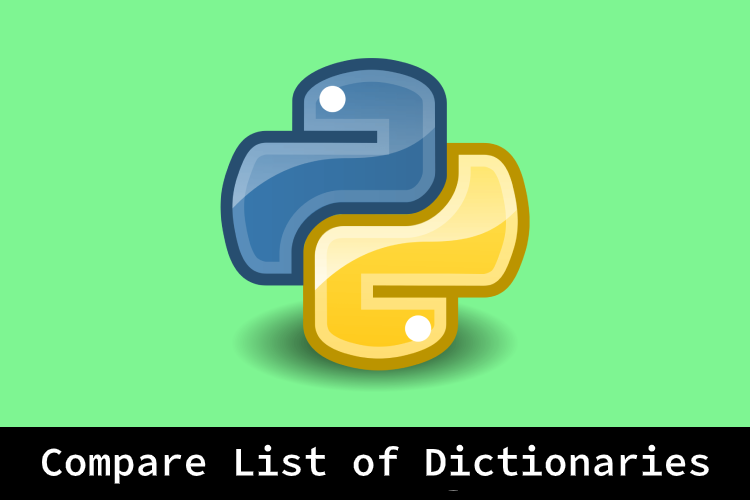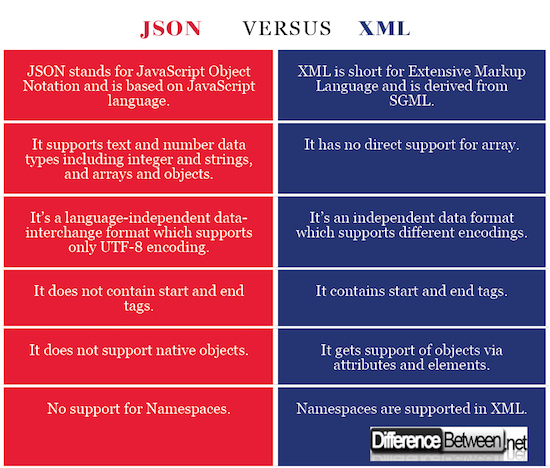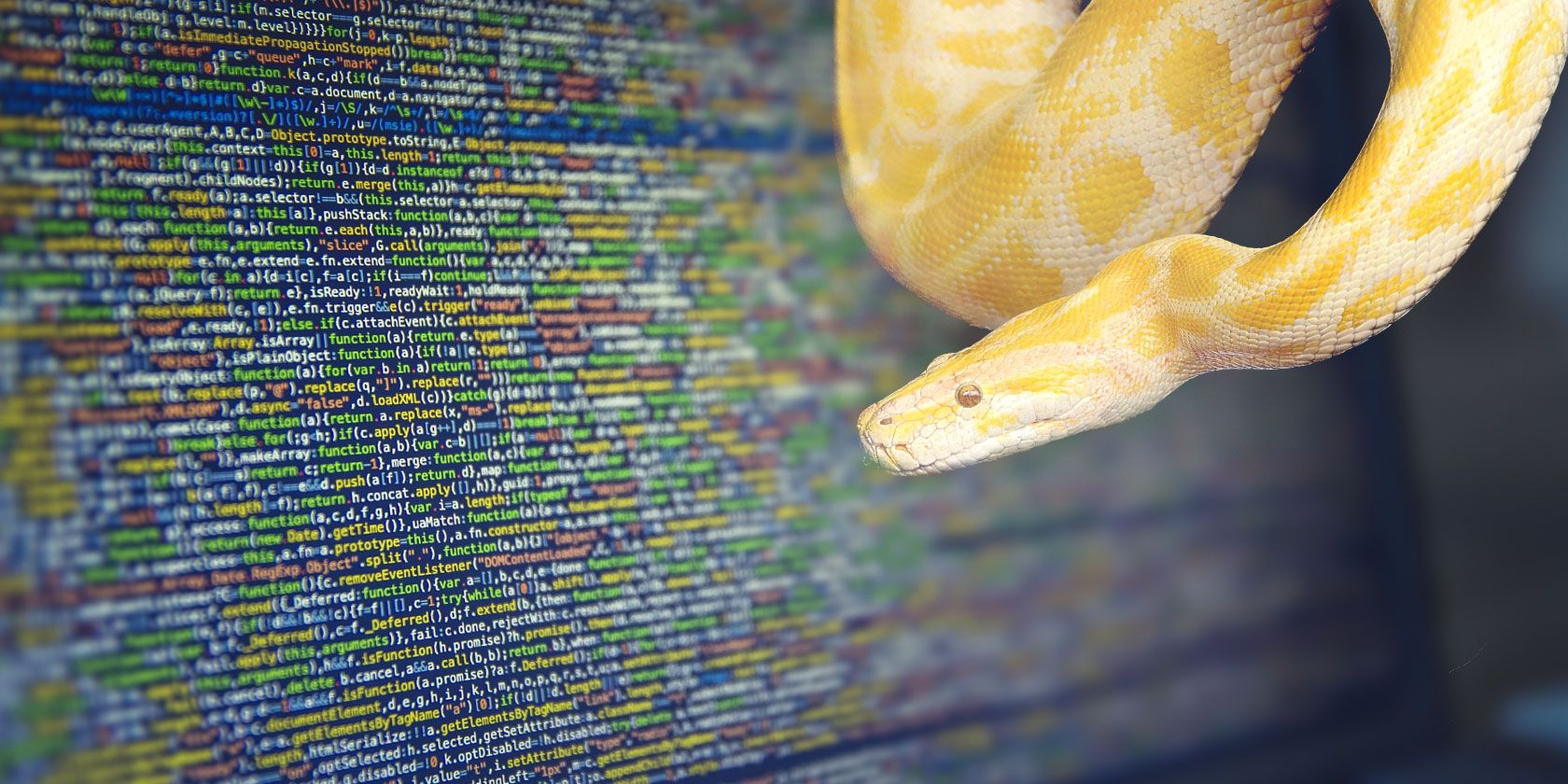

| Requested URL | Date | Performance Score | LCP | Speed Index | FID | CLS | CPU Idle | Total Byte Weight | That gives you a CSV that you can use to create charts or analyze to your heart’s content. With open (csv_filename, "w", newline = "" ) as f : # Add the date to the file name to avoid overwriting it each time. # Use 'try-except' to skip files that may be missing data # Change the glob if you want to only look through files with specific namesįiles = glob. # Place your JSON data in a directory named 'data/' # To run the script via command line: "python3 json-to-csv-exporter.py" # Place this Python script in your working directory when you have JSON files in a subdirectory. Json-to-csv-exporter.py #!/usr/bin/env python3 I just drop it in my working directory and run it via command line with python3 json-to-csv-exporter.py: The following handy little Python 3 script is useful for sifting through a directory full of JSON files and exporting specific values to a CSV for an ad-hoc analysis. But I often end up with folders full of data that cannot really be analyzed manually: working_directoryįor example, how to compare changes in those metrics over time? Or how to look for a peak in the data? I save test results as JSON, which is fine for looking at individual snapshots at a later time. I often monitor key page speed metrics by testing web pages using WebPagetest or Google Lighthouse using their CLI or Node tools. We used some custom parsing codes as well to parse the JSON file using different JSON files.Using Python to Read Multiple JSON Files and Export Values to a CSVĬomparing data from multiple JSON files can get unweildy – unless you leverage Python to give you the data you need. We saw differences between the functions. We also used the fileobject.read() function to read file object. We learned different ways to read JSON file by three built-in JSON functions - json.load(), json.loads() and json.dumps().

In this article, we learned about JSON files and how we use JSON strings and file objects. In the given figure, you can see json.loads() converts a string to JSON object while json.dumps() converts JSON object to string. This is actually quite useful since you'll often have to read JSON data during development. #use dumps() with two parameters and store resultant in result variableĪs you can see in the above output, the indent parameter is set to 4. In Python, JSON exists as a string or more like a dictionary having key-value pairs where keys must be a string and values can be of any type say object, array, value, string, or a number. JSON data can be in the form of the object, array, value, string, or number. It is also common to store a JSON object in a file. In JSON, it is common to transmit and receive data between a server and web application in JSON format. The data representation in JSON is similar to that of Python Dictionary. It is a lightweight format that is used for data interchanging. It is a popular data format used for representing structured data. JSON stands for JavaScript Object Notation. Look at the following examples showing different parsing functions to read JSON documents in Python.

Let's first have a quick look over the full form of JSON, an introduction to JSON, and how JSON files are used. We will compare text each function with examples in this module. We will use some built-in functions available in Python for JSON and some related custom examples as well. In this article, we will learn various ways to read JSON files in Python.


 0 kommentar(er)
0 kommentar(er)
